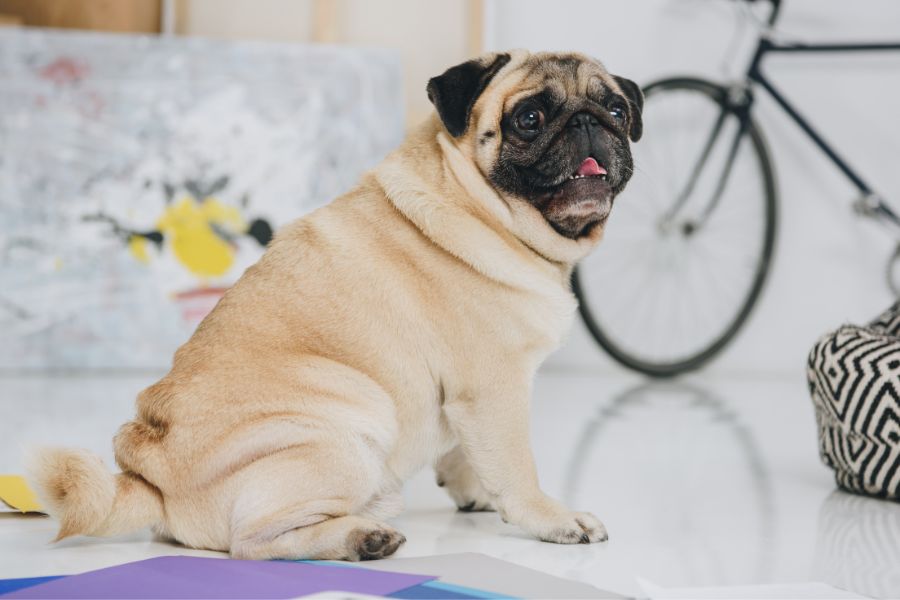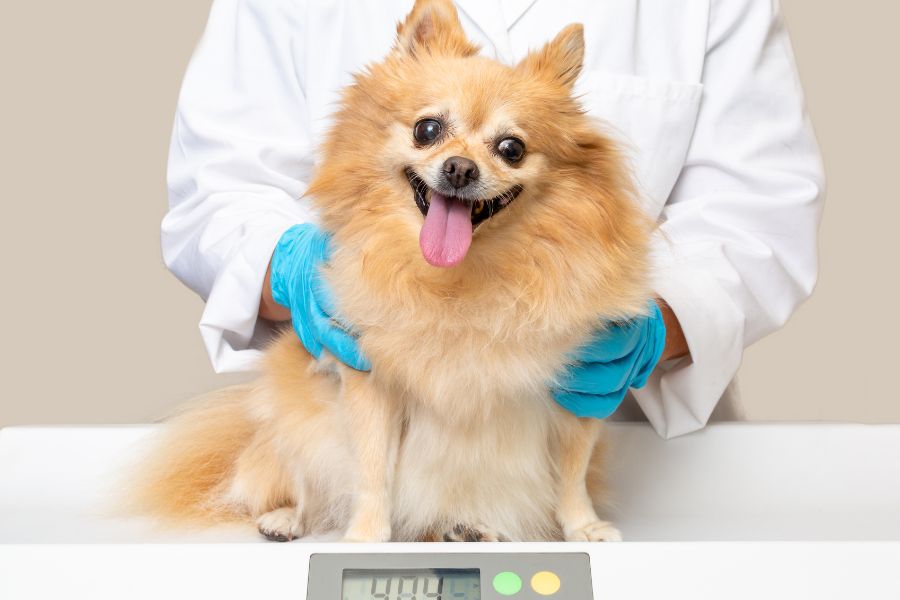Losing weight is a popular New Year’s resolution for humans and pets alike. Helping your pet lose weight can be more challenging. It requires diet management, increased physical activity, and regular monitoring. Knowing how to help your pet lose weight could also take some veterinarian expertise. Here are some tips on how to help your pet achieve a healthy weight.
Consult with a Veterinarian
Getting an expert’s opinion before making significant life changes is always good. Before starting any weight loss program for your pet, consult a veterinarian. They can assess your pet’s current health status, determine their ideal weight, and provide tailored recommendations, like the amount of calories they should eat per meal. With the many food options out there, the veterinarian can also help you narrow down a brand and meal plan ideal for your pet’s needs.
Establish a Weight Loss Plan
Having a weight loss plan is essential. Work with your veterinarian to develop a plan for your pet’s needs. This plan should include target weight goals, dietary recommendations, exercise routines, and monitoring schedules. Once a plan is established, things can be changed according to how your pet reacts to it. Some things may take time to perfect.
Controlling Portions and Food Quality
Food portions can be tricky, especially with varying pet sizes, ages, and health needs. Measure your pet’s food portions accurately according to the recommended serving sizes provided by your veterinarian. Avoid free-feeding and limit treats, as excess calories can contribute to weight gain. Food quality also matters. Feed your pet a high-quality, balanced diet appropriate for their age, size, and activity level. Your veterinarian may also recommend a weight management or prescription diet formulated for weight loss.
Increase Physical Activity
If your pet is young, more exercise may be best to help them get fit. Encourage regular exercise to help your pet burn calories and maintain muscle mass. Engage in regular brisk walks, play sessions, interactive toys, or agility training. Gradually increase the duration and intensity of exercise as your pet’s fitness level improves. You may notice an increase in their energy as they get healthier.

Monitor Treat Intake and Avoid Table Scraps
Limit high-calorie treats and snacks. As occasional rewards, opt for low-calorie alternatives such as fresh vegetables like carrots, green beans, or small lean meat. Refrain from feeding your pet table scraps or human food, as these can be high in calories and contribute to weight gain. Stick to your pet’s regular diet and treats recommended by your veterinarian.
Provide Mental Stimulation
In addition to physical exercise, mental exercise is equally essential to get the mind off food. Offer puzzle toys, food-dispensing toys, or interactive games to provide mental stimulation and prevent boredom. This can help distract your pet from food-related behaviors and reduce the desire to overeat.
Monitor Progress
Keeping track of progress is essential. Regularly weigh your pet and track their progress towards reaching their target weight. Keep a journal to record food intake, exercise activities, and any weight or body condition changes. Following up with veterinarian visits can help monitor progress as well. Schedule regular follow-up visits with your veterinarian to monitor your pet’s progress and make any necessary adjustments to their weight loss plan. Your veterinarian can provide ongoing guidance and support to help your pet achieve and maintain a healthy weight.
Patience and Consistency are Key
Knowing how to help your pet lose weight can take time. Remember, weight loss takes time, patience and consistency with your efforts. Celebrate small milestones and stay committed to your pet’s weight loss journey. Every pet is unique, so tailoring their weight loss plan to their needs and circumstances is essential. With dedication, consistency, and guidance from your veterinarian, you can help your pet achieve a healthier weight and improve their overall well-being.
Contact Luv My Sitter for expert pet care for your pet-sitting needs.

